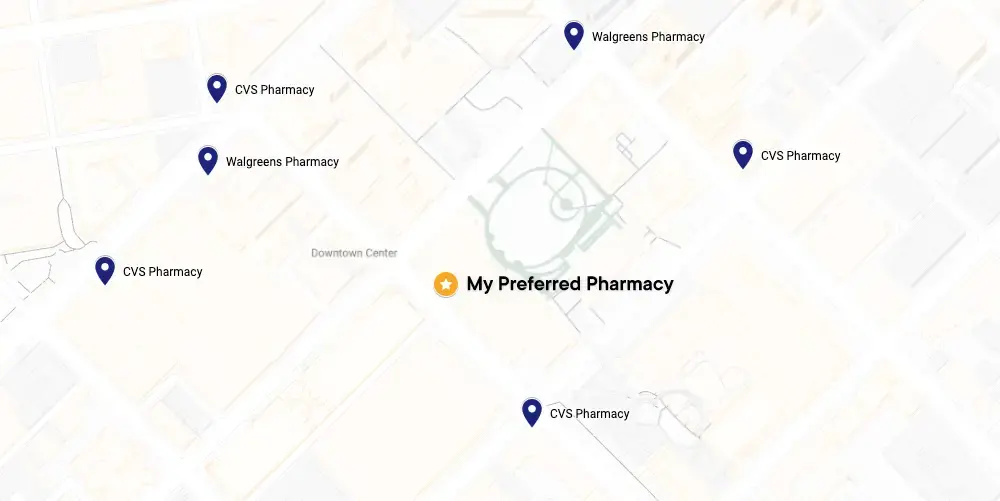A build-up of scar tissue around the small breathing sacs in the lungs called alveoli causes idiopathic pulmonary fibrosis (IPF). This scarring makes it difficult for oxygen to pass from the lungs into the bloodstream. The exact cause of this IPF and other forms of interstitial lung disease is unknown, but it is believed to be caused by a combination of genetic and environmental factors. IPF is one form of interstitial lung disease (ILD). Some forms of ILD are more common in people living with Rheumatoid Arthritis or similar autoimmune arthritis conditions.







